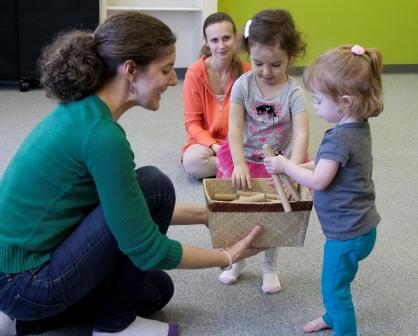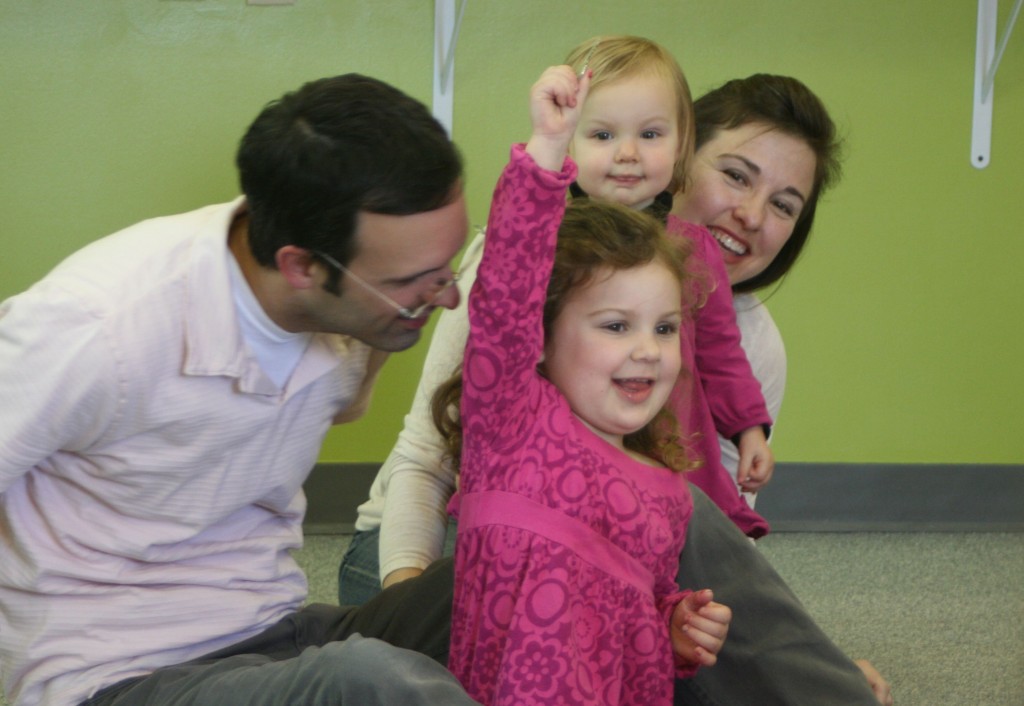Music has the remarkable ability to enrich our lives, touch our emotions, and provide a source of joy and inspiration. But, how do you learn to love music as a family. For parents, introducing their children to the world of music at an early age can be a rewarding and fulfilling experience. Not only does it foster cognitive growth and other developmental benefits, it also instills a lifelong appreciation for the arts. Here are just a few practical ways parents can actively participate in nurturing a love for music in their children, creating a foundation for a lifetime of musical enjoyment.
How Parents Can Encourage the Love of Music in their Kids
- Start Early with Musical Exposure – Begin by exposing your child to a variety of musical genres from a young age. Play different styles of music in the house, whether it’s classical, jazz, folk, gospel, or pop. This exposure helps children develop a broad musical palette and openness to diverse sounds.
- Enroll in Music Classes – Many communities offer music classes for young children. These classes should incorporate singing, movement, drumming and the opportunity to play simple, age appropriate instruments. Parent participation in these classes is important for modeling and reinforcing the love of music.

- Incorporate Music into Daily Life – Integrate music into everyday activities. Sing lullabies during bedtime, play upbeat tunes during playtime, or have a musical background during meals. This creates positive associations with music and makes it an integral part of your child’s routine.
- Provide Access to Instruments – Offer your child the opportunity to explore different musical instruments. Consider starting with simple, child-friendly instruments like maracas, sticks, or bells. Encourage creativity through musical play with your child, let them experiment with creating their own rhythms and melodies. This not only boosts creativity but also helps in developing a sense of musical expression.
- Attend Live Performances – Take your child to live music performances, whether it’s a local school concert, a community band, or age-appropriate shows. Experiencing music in a live setting can be magical and captivating, sparking a deeper interest in the art form.
- Become a Musical Advocate – Support music in your local school(s) and music organizations in your area, and have your child participate in volunteer events. Help music teachers with volunteer support and donations to help cover items not included in school budgets.
Nurturing a love for music in your child is a gift that lasts a lifetime. By incorporating music into their daily lives, providing hands-on experiences with instruments, and exposing them to a diverse range of musical styles, parents can cultivate a deep appreciation for the art form. Remember, the key is to participate to make the journey enjoyable and encourage your child to explore the vast and beautiful world of music.






